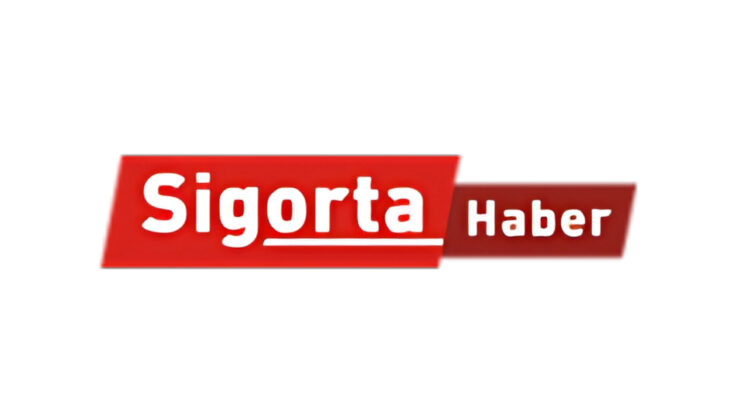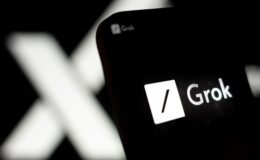

On June 9, 2025, Fitch Ratings affirmed the Long-Term Issuer Default Rating (IDR) for FLEX Ltd. at ‘BBB-‘ and maintained the rating for its senior unsecured notes and $2.5 billion revolving credit facility. Importantly, Fitch upgraded Flex’s outlook from Stable to Positive, indicating enhanced confidence in the company’s financial trajectory.
Reasons for Positive Outlook
Financial Strength and Market Position
Flex’s robust market standing, diversified market exposure, and countercyclical working capital model have been pivotal to its improved financial strength. The company has demonstrated financial discipline and increased profitability, albeit without a publicly stated leverage target.
Debt levels are expected to remain in the range of $4.0 billion to $4.5 billion, with EBITDA leverage projected to stay below 2.5x, even as EBITDA margins fluctuate between 7% and 8%. Flex concluded FY2025 and FY2024 with EBITDA leverage ratios of 2.3x and 2.4x, respectively, notwithstanding reduced revenue following the sale of Nextracker.
Strategic Plans and Competitive Advantages
Flex intends to allocate its annual FCF towards strategic acquisitions and share buybacks. The company’s extensive global presence confers significant competitive advantages, facilitating market share gains from smaller rivals as customers consolidate their supplier base.
Flex’s worldwide operations position it to capitalize on supply chain regionalization trends, mitigating exposure to geopolitical and trade tensions, particularly between the US and China.
Profitability and Revenue Stability
While Flex’s profitability may appear modest compared to investment-grade peers, it aligns with electronic manufacturing services (EMS) peers and has seen structural improvements.
The company’s profitability is bolstered by increased contributions from higher-margin segments such as data centers and Healthcare Solutions, along with reduced reliance on lower-margin consumer devices and decreased fixed costs due to recent restructuring efforts.
Flex’s counter-cyclical working capital model, which limits FCF during growth cycles and boosts it during downturns, is expected to yield annual FCF of $500 million to $1 billion over the forecast period. Enhanced diversification across end-markets and customers, particularly in sectors with higher electronic content and longer product cycles, is driving more stable revenue growth.
Comparison with Competitors
Fitch considers Flex directly comparable to its chief competitor, Jabil Inc. (BBB-/Stable). Although Flex operates at a slightly smaller scale, it boasts greater end-market diversification and a stronger reliance on vertical integration compared to Jabil. Fitch anticipates Flex maintaining EBITDA leverage in the low 2x range, mirroring Jabil’s metrics.
Key Assumptions and Factors for Rating Changes
| Key Assumptions | Potential Downgrade Triggers | Potential Upgrade Triggers |
|---|---|---|
| Flat to marginally declining revenue in FY2026 | EBITDA leverage above 3.0x | EBITDA leverage below 2.5x |
| EBITDA margins of 7%-8% | Fitch-adjusted FCF margin below 1% | Fitch-adjusted FCF margins above 3% |
| Stable inventory efficiency ratios | Operating EBITDA margin below 5% | Operating EBITDA margins in high single digits |
| Modest acquisition activity | ||
| Refinancing of upcoming debt maturities |
Note: This article was created and translated with the assistance of artificial intelligence and has been reviewed by an editor. Please refer to our Terms and Conditions for more information.
KÖŞE YAZILARI
1 gün önceSİGORTA
1 gün önceDÜNYA
1 gün önceDÜNYA
1 gün önceDÜNYA
1 gün önceSİGORTA
1 gün önceSİGORTA
2 gün önceSİGORTA
2 gün önceBİLGİ
5 gün önceSİGORTA
5 gün önce 1
DJI Mini 5: A Leap Forward in Drone Technology
19702 kez okundu
1
DJI Mini 5: A Leap Forward in Drone Technology
19702 kez okundu
 2
xAI’s Grok Chatbot Introduces Memory Feature to Rival ChatGPT and Google Gemini
14018 kez okundu
2
xAI’s Grok Chatbot Introduces Memory Feature to Rival ChatGPT and Google Gemini
14018 kez okundu
 3
7 Essential Foods for Optimal Brain Health
12904 kez okundu
3
7 Essential Foods for Optimal Brain Health
12904 kez okundu
 4
Elon Musk’s Father: “Admiring Putin is Only Natural”
12760 kez okundu
4
Elon Musk’s Father: “Admiring Putin is Only Natural”
12760 kez okundu
 5
Minnesota’s Proposed Lifeline Auto Insurance Program
10636 kez okundu
5
Minnesota’s Proposed Lifeline Auto Insurance Program
10636 kez okundu
Sigorta Güncel Sigorta Şikayet Güvence Haber Hasar Onarım Insurance News Ajans Sigorta Sigorta Kampanya Sigorta Ajansı Sigorta Sondakika Insurance News